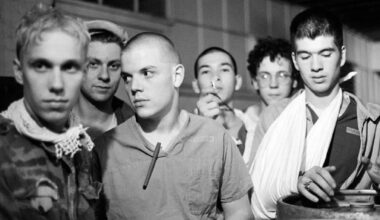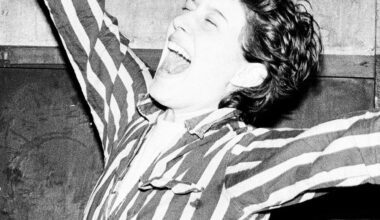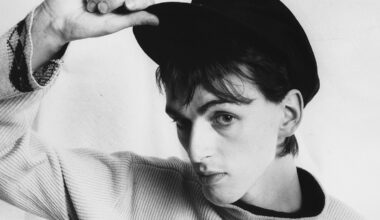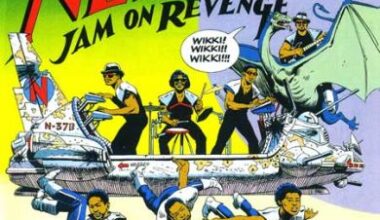Paul Hammond talks us through Ultramarine’s 1990 folktronic classic, ‘Stella’
Want to read more?
Sign up to Electronic Sound Premium to gain access to every post, video, special offers, and more. 100%, all you can eat, no commitment, cancel any time.
Already a premium member? Log in here





